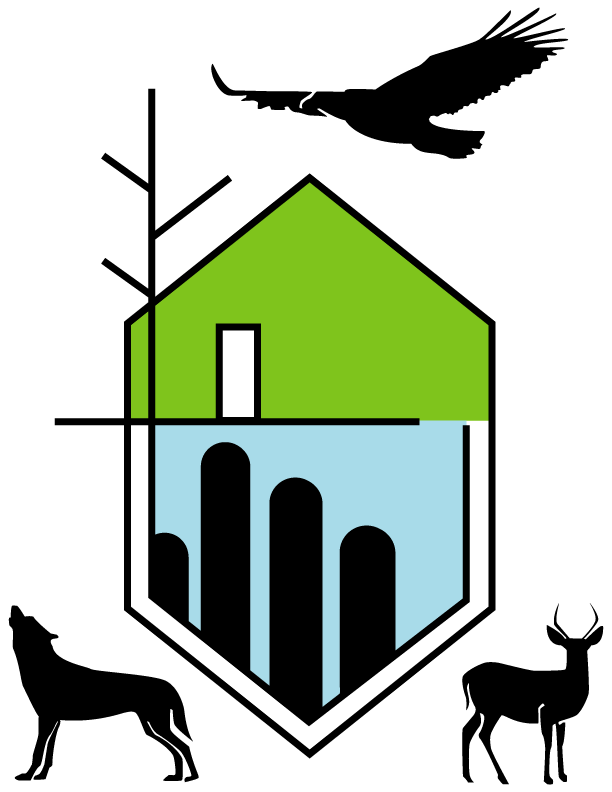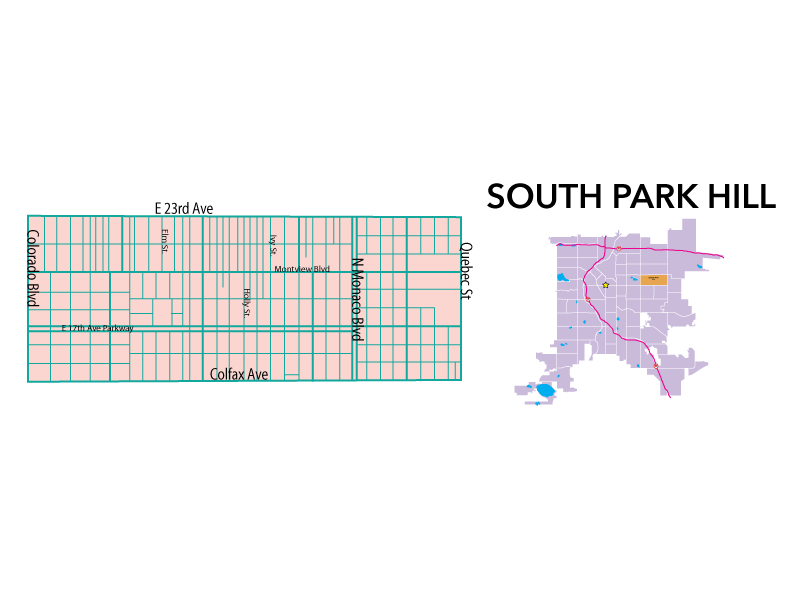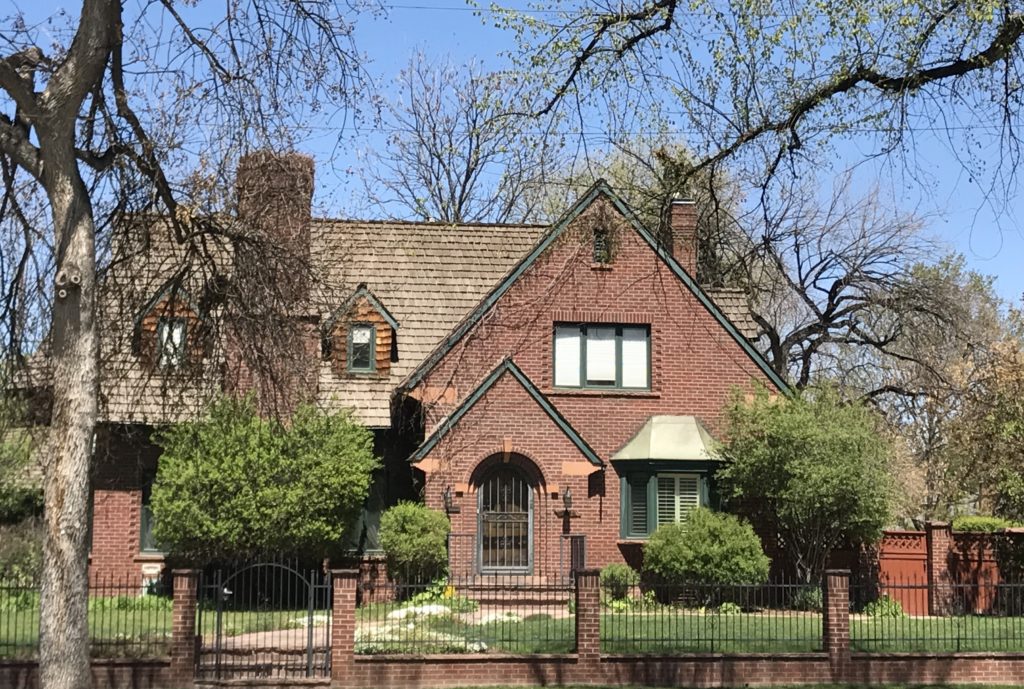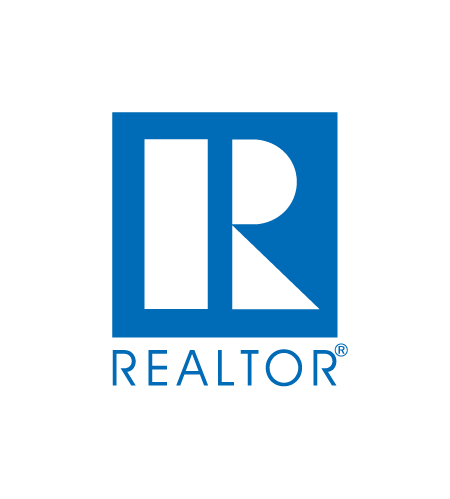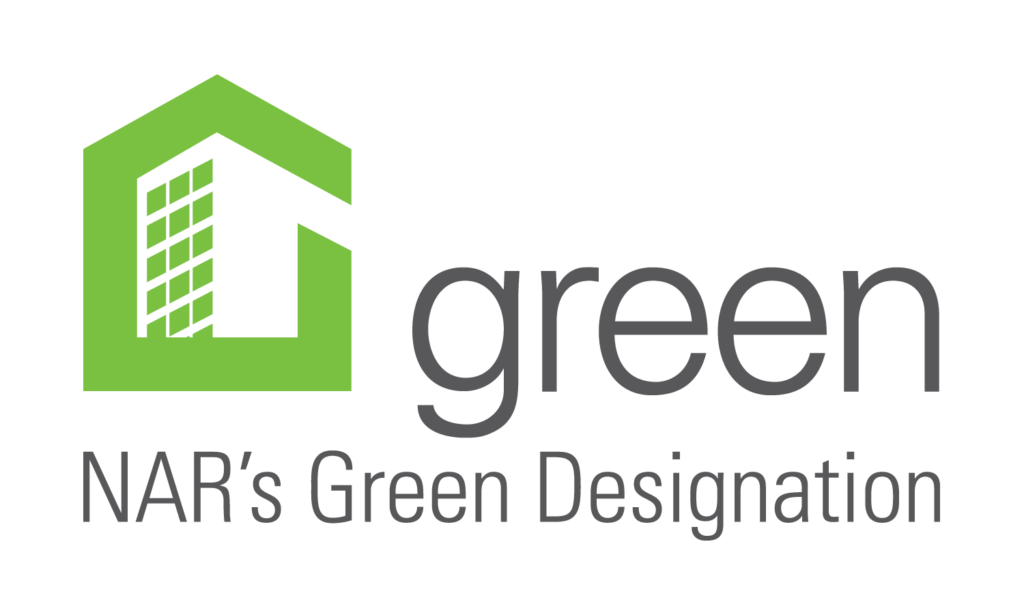Neighborhood Profile: South Park Hill
South Park Hill History:
Speculators purchased most of South Park Hill from the federal government in the 1860’s. It was Prussian German, Baron Allois Guillaume Eugen Von Winckler, however, who’s credited as “the father of Park Hill.” Winckler came to Denver in 1884 at the age of 25 and soon after was introduced to Walter Von Richthofen. Richthofen was one of the investors of the town of Montclair. Winckler decided to invest in land close to Montclair and purchased a plot east of Colorado Boulevard, between 26th Avenue and Montview in 1885. He platted the land “Park Hill” and envisioned the property with grand homes on oversized lots. A large number of people were moving to the Denver area and Winckler was hoping to profit from this boom. The silver crash of 1893 helped contribute to slow sales in Park Hill. Consequently, Winckler took his own life in 1898.
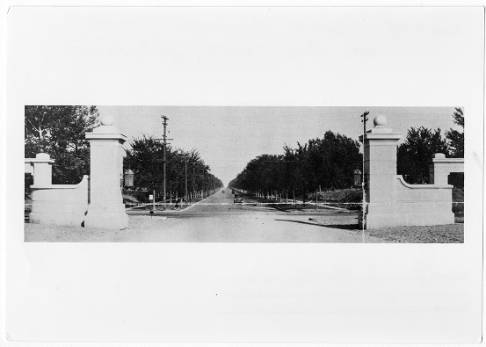
Soon after investors bought the Park Hill holdings. They really started to flesh out Park Hill as an idyllic and affluent residential neighborhood. The original land owned by the Baron was annexed to Denver in 1893 while the rest of the land composing greater Park Hill was added ten years later. Varying styles of homes were built throughout the 1920’s and 30’s. In addition, automobiles were becoming popular at this time. Therefore homes were built with detached garages to accommodate this craze.
Post WW II Denver experienced a housing shortage. Park Hill developers built more homes to accommodate the new growth. The U.S. Supreme Court also ruled that housing restrictions were unenforceable. Residents of other Denver neighborhood sought to make South Park Hill their home. In 1972 the City of Denver divided Park Hill into three sections. As a result much of Old Park Hill became what is now South Park Hill.
South Park Hill Today:
The America Planning Association declared Park Hill among the top ten “great places to live in America” in 2008. This statement still holds true today. South Park Hill is a quiet community, with beautiful old homes, lovely tree lined streets and strong community involvement.
Where:
South Park Hill is bounded by East 23rd Avenue to the north, East Colfax Avenue to the south, Colorado Boulevard to the west, and Quebec Street to the east.
Who lives there:
Married couples make up close to 45% of the neighborhood, singles 38%, and 25% of the households have children. The Annual Residential Turnover in almost 22%.
Retail Areas:
Colfax Avenue
Kearney Street (between 22nd and 23rd)
Oneida Street (between 22nd and 23rd)
Median Sales Price:
$602,000 for a single family residence (2017)
Main Attractions:
Beautiful old homes and a family oriented atmosphere.
Common Complaints:
Lack of upscale restaurants and retail, one of the most expensive neighborhoods to buy a home.
Schools:
Denver School of the Arts,
Johnson & Wales University
Montview Community Preschool and Kindergarten
Odyssey School of Denver
Local Parks:
W.H. Ferguson Park
Public Transportation and Bike Lanes:
Bus lines that run the parameter are the 65, 40, 20, RC, 15, and 15L
South Park Hill has a designated bike route (D8) along Montview Boulevard and the D15 and D17 that are shared bike lanes
Art Venues and Popular Events:
Sweet Studios
Annual 4th of July Parade
Park Hill Home Tour and Street Fair (every September)
Goodstein, Phil. Park Hill Promise: The Quest for an Idyllic Denver Neighborhood.
New Social Publications. Denver, CO, 2012. Print.
“Park Hill Neighborhood History”
Denver Public Library: Neighborhood History Guides
http://history.denverlibrary.org/park-hill-neighborhood-history
Web.4/2017
Statistical data collected from Metrolist, Inc. RE Colorado – powered by Matrix.
